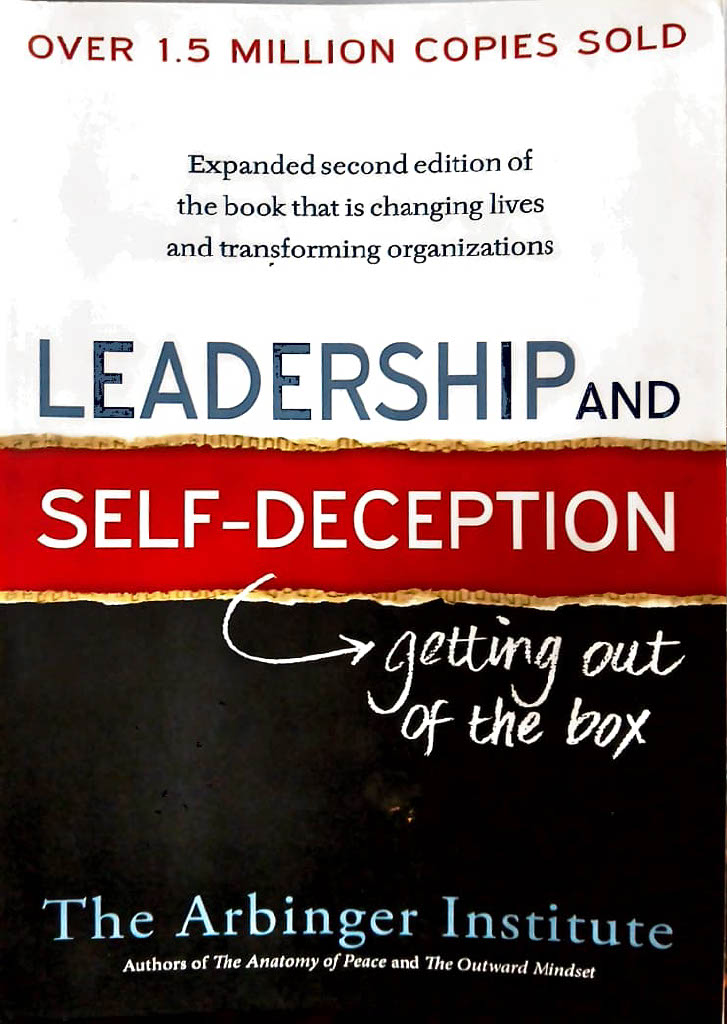A trait is described as “a distinguishing characteristic or quality, especially of one’s personal nature”.
There is much written about attributes and skills of what it takes to be a great product manager (referred to as PM throughout this article). I have had the opportunity to work with some of the best. The job of a PM very often comes with the expectation of being like a “mini CEO”. This can be daunting to PM’s and those aspiring to be.
This blog is based on my experiences of working with people whom I have seen evolve and thrive in their roles as PM’s on account of a few traits they brought with them to their jobs. These PM’s did 4 things on a regular basis and it helped them be successful with 2 key outcomes for a successful PM, which are influencing stakeholders and orchestrating collaboration across multiple teams while building products and to deliver some great product experiences. While product adoption and addressing customer needs among others are critical outcomes as well, this blog focuses traits to maintain a steady flow and manage the cogs across the product life cycle.
These traits are good for any individual to have across any function that they are part of and this blog focuses on their significance for Product Manager’s in their day-to-day functions.
1. Constant communication. To facilitate collaboration around product vision, decisions and prioritization constant communication is key to bringing cross functional product teams like engineering, sales, marketing and customer support together. PM’s are constantly listening to diverse points of view from various groups and are expected to weighing each consideration in the context of the product. Listening to and sharing the right messages across the organization with a regular cadence is critical for product success and future direction. Take a situation where a product decision is made today and a few weeks later has to change because of significant changes in the product ecosystem. Communication is key to conveying decision changes, getting feedback and ensuring that the product lands where it needs to and the responsibility of handling it lies with a PM.
2. Curiosity.
This trait coupled with communication helps build empathy with different stakeholders. Being genuinely interested and curious about people while creating products helps PM’s only get better at understanding customer needs and internal stakeholder concerns. Balancing expectations is a situation that PM’s constantly face. For example, “A premium customer wants a feature, the VP of engineering is worried about complexity and teams need more time to work on
it, and the CEO is concerned about the cost to build it”? PM’s who curiously engage with each stakeholder often discover the intent behind a need or concern
which helps to address those with confidence and also take decisions and pivot when required.
3.Continuous learning and un-learning. In a VUCA world having a “know it all” or “I know this” attitude simply doesn’t cut it. A PM needs to keep refreshing their knowledge and understanding of multiple product aspects from business imperatives to customers needs and constraints and capabilities of engineering teams. This requires learning, un-learning and re-learning. For example, an engineering team is faced with making a complex shift when moving from a legacy database to a scalable, distributed one. A PM who learns about the differences and understands the complexity is able to emotionally connect with the engineering team and consider it appropriately while taking decisions for a roadmap commitment or prioritization. Having this trait is also helpful when PM’s are validating assumptions, assessing risk v/s value and when getting feedback. Holding onto to what you know limits PM’s ability to respond in rapidly
evolving product ecosystems. Instead, learning and unlearning from experiments & experiences can help PM’s drive innovation and deliver successful
products.
4.Cultivate relationships. Building products and ensuring their success means that numerous stakeholders have strong influence and points of view about what a product should and shouldn’t be. In large product companies, people in senior roles are exposed to a vast breadth of situations and are constantly receiving inputs that typically surface during prioritization or roadmap discussions. Its often hard for PM’s to hold their decisions and not risk being on the wrong side of a senior leader. A VP may insist they want a feature because they heard a premium customer ask for it. Facts and data can help a PM upto a certain
point with responding to such requests but cultivating meaningful and long-term relationships with various stakeholders reveal why they respond in a certain
way or hold to certain beliefs. If PM’s can consciously take time to build relationships with different people, it helps them with influencing and standing by tough decisions they need to take.
This venn diagram nicely sums up skills a “good” PM should develop. My experience has shown that having the right traits is equally important. I have only shared a few that I saw PM’s bring to the table. I am sure there are more. I hope this helps aspiring PM’s understand their significance and bring it along with them.
If you have experiences and thoughts to share around this blog, I invite your comments.



